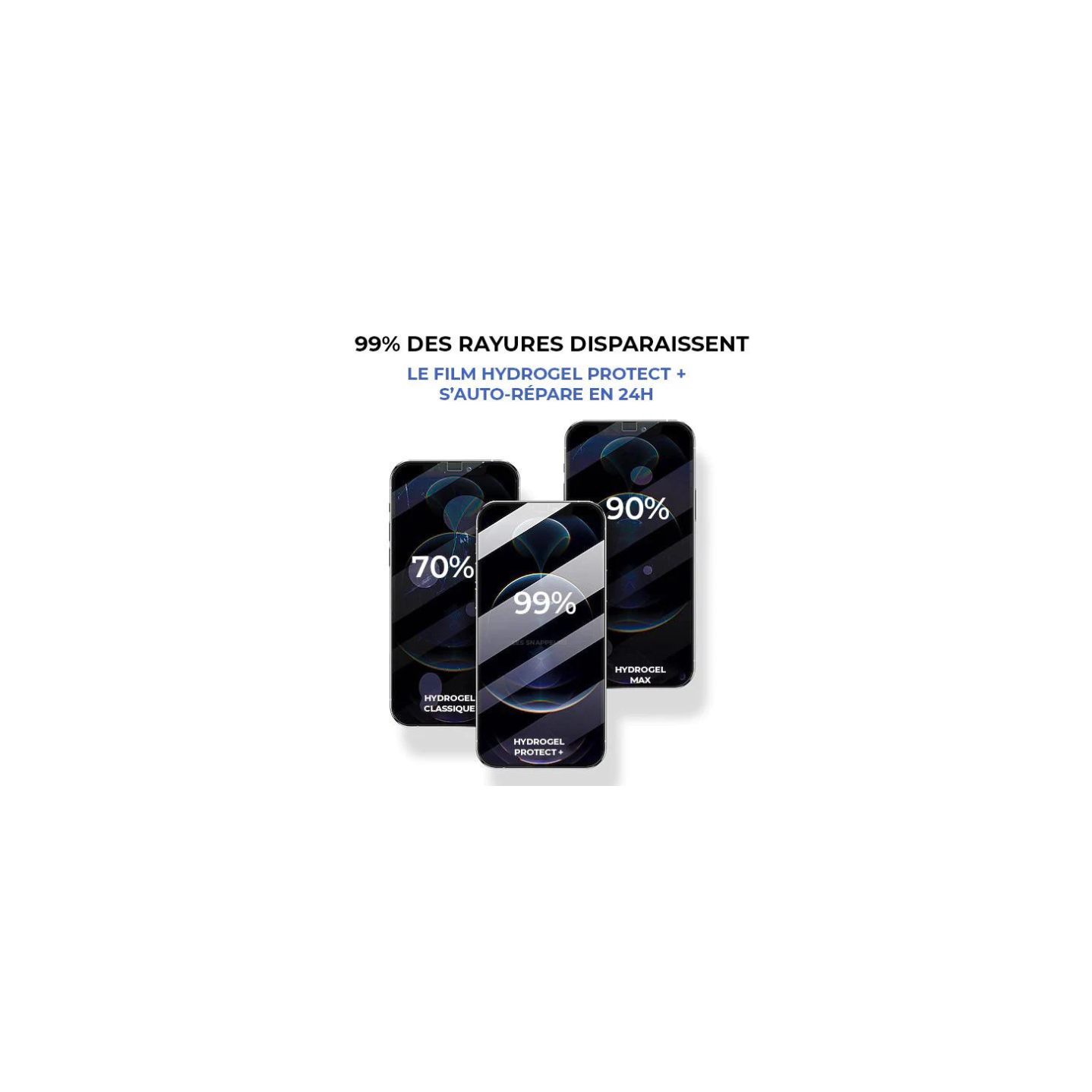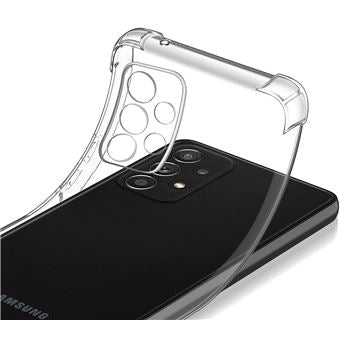
What is the best way to protect the phone screen?
Smartphones have become indispensable companions in our daily lives, storing personal, professional, and even recreational information. However, they are also vulnerable, especially their screen, which is the part most exposed to bumps, scratches, and other damage. In this article, we'll explore the best ways to protect your phone's screen, the different types of screen protectors available, and tips for keeping your device in perfect condition.
Why protecting your phone screen is essential

The screen is the main interface between you and your phone. A cracked or scratched screen can not only spoil the appearance of your device, but also impair its functionality. Proper protection is therefore essential to extend the life of your phone and maintain its resale value.
1. The different types of screen protectors
There are several types of screen protectors on the market, each offering a different level of protection. The most common are:
- Plastic protective films: These are often the first option for those looking for basic scratch protection. These films are thin, lightweight, and relatively inexpensive. However, they don't offer optimal impact protection and can scratch easily.
-
Tempered glass screen protectors: Thicker than plastic films, these protectors offer superior protection against bumps and drops. Tempered glass is designed to absorb impact, reducing the risk of cracks in the original screen. This is one of the most popular options today for those looking for effective protection.

-
Hydrogel screen protectors: A newer option, these protectors are made of a flexible material that self-repairs after minor scratches. They're thin like plastic films but offer better impact resistance.

-
Privacy (anti-spy) screen protectors: These protectors are made of tempered glass or plastic, but with an added feature: they limit viewing angles, thus preventing prying eyes. This is ideal for those who use their phone in public spaces.

2. What is the name of the screen protector that doesn't reveal itself?
A lesser-known but effective type of screen protector is the so-called "invisible" screen protector . This protector is often a film or liquid applied directly to the screen, creating a protective barrier that is invisible to the naked eye. It is often a nanotechnology-based solution that provides scratch resistance while maintaining the screen's natural appearance.
3. What is good for protecting the cell phone screen?
Besides choosing a good screen protector, there are several other practices that can help effectively protect your phone's screen:
-
Use a protective case: A good case can absorb shock and prevent the screen from hitting the ground if dropped. There are cases with raised edges that provide additional protection for the screen.

-
Avoid contact with hard or sharp objects: Keys, coins, and other objects in your pocket or bag can easily scratch the screen. Use separate compartments for these items or place your phone in a dedicated pocket.

-
Clean the screen regularly: Dust and fine particles can cause micro-scratches on the screen. Use a soft microfiber cloth to clean the screen regularly.

- Avoid extreme temperatures: Extremely high or low temperatures can affect the quality of the screen and screen protector. Avoid leaving your phone in direct sunlight or in a cold car.
4. What is the name of the screen protector?
The most commonly used screen protector is called a tempered glass screen protector . As mentioned earlier, this is a popular option for those who want robust protection without compromising clarity or touchscreen sensitivity.
Discover the products at protectionecran.com
At protectionecran.com , we are committed to providing the best solutions to protect your smartphone screen. We have a wide range of Protect Plus hydrogel films for all smartphone ranges. These hydrogel films are known for their flexibility, self-healing ability, and thinness, providing discreet yet effective protection against scratches and bumps.
Plus, thanks to our hydrogel film installation tutorial , you'll never mess up the installation. This simple, step-by-step guide takes you through the process, ensuring flawless results even for novice users.
For those looking for even more robust protection, we also offer tempered glass , specifically focused on the iPhone range. Our tempered glass is designed to absorb shock and prevent cracking, while maintaining the clarity and responsiveness of the touchscreen. The included installation kit makes installing the tempered glass extremely simple, turning this process into a real breeze.
Conclusion
Protecting your phone's screen is essential for extending its lifespan and avoiding high repair costs. By choosing the right type of screen protector, such as tempered glass or hydrogel, and adopting prudent usage habits, you can keep your screen in perfect condition for years to come. If you're looking for discreet protection, "invisible" protectors are also an option worth considering.
Remember that a good screen protector is no substitute for a quality case and proper care practices. By combining these elements, you can be sure that your phone will remain as beautiful and functional as the day you bought it. For high-quality protection solutions, visit screenprotection.com and discover our full range of products and easy-to-use installation tools.